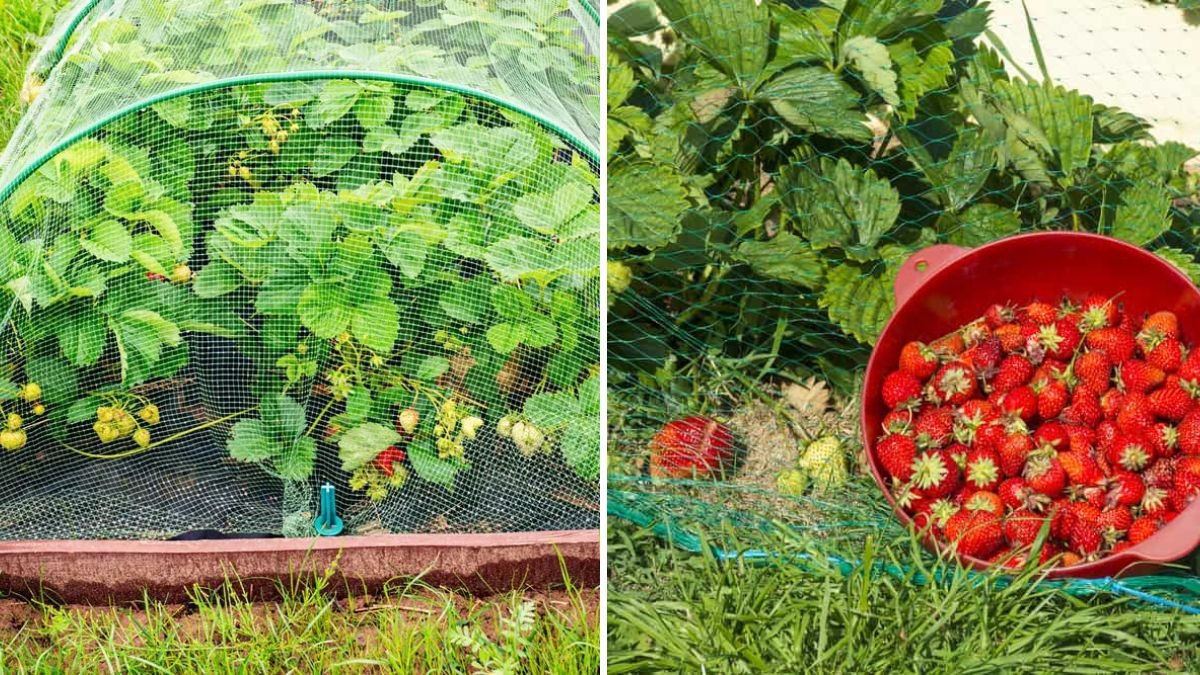A flourishing vegetable garden is a source of pride, nutrition, and enjoyment for gardeners. However, birds can turn a promising harvest into disappointment by feeding on fruits, seeds, and tender vegetables. Birds such as sparrows, pigeons, crows, and finches are especially active in late summer and fall when crops are ripe, making protection essential for maintaining healthy yields.
Protecting vegetables requires a strategic combination of physical barriers, deterrents, and garden design. This guide outlines six effective ways to safeguard your vegetables from birds, ensuring a productive and rewarding garden season.
Why Birds Target Vegetable Gardens
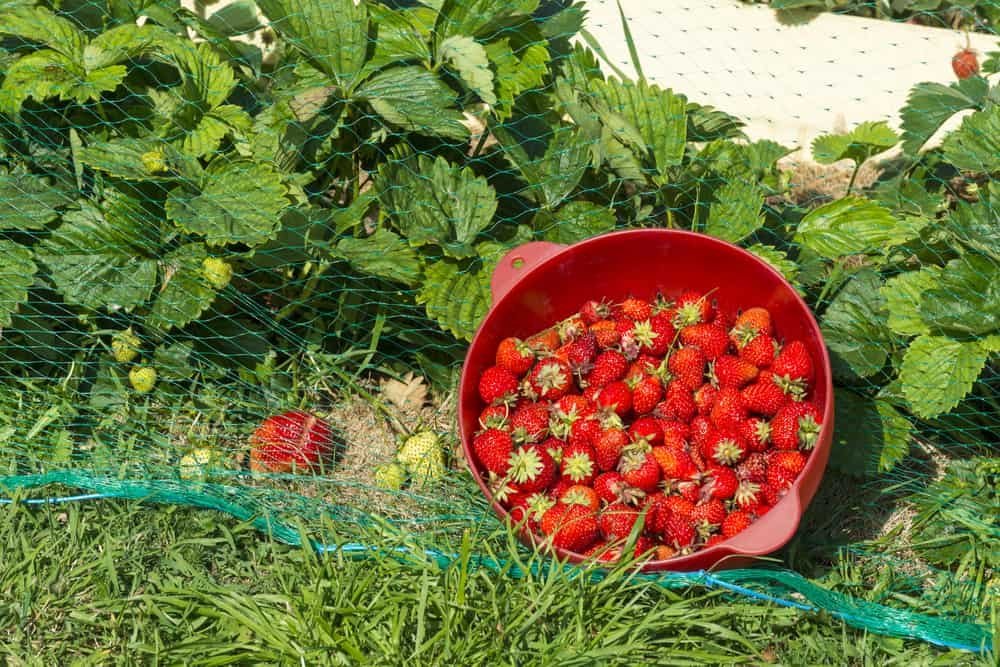
Understanding why birds feed on gardens helps gardeners implement effective protection strategies:
- Food availability: Ripening fruits, seeds, and leafy greens are easy targets.
- Natural foraging behavior: Birds instinctively search for high-energy foods to prepare for migration or winter.
- Garden layout: Open, accessible plots with sparse cover are particularly attractive.
- Seasonal pressures: Late summer and fall increase bird activity as they stock up on calories for colder months.
By anticipating bird behavior, gardeners can reduce damage while maintaining an inviting space for beneficial wildlife.
Method 1: Netting
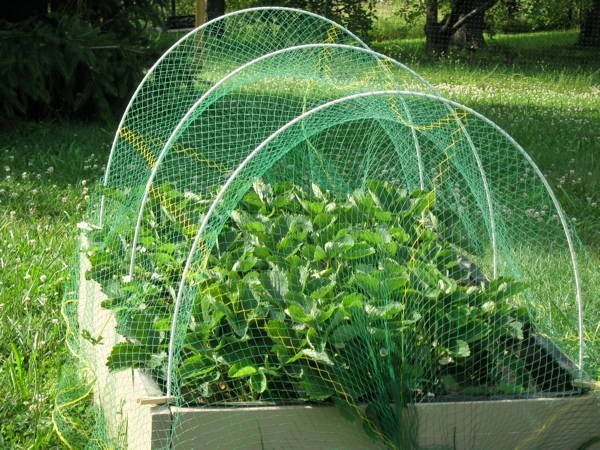
Netting is one of the most reliable and widely used methods for protecting vegetables.
Benefits of Netting
- Provides a physical barrier preventing birds from accessing crops.
- Works for a variety of vegetables and small fruits like tomatoes, peppers, berries, and leafy greens.
- Can be customized for raised beds, row covers, or entire garden areas.
How to Use Netting
- Use fine mesh netting with small gaps to prevent small birds from squeezing through.
- Drape netting over frames or hoops to keep it elevated above plants.
- Secure edges to the ground with stakes, rocks, or soil to prevent birds from slipping underneath.
- Avoid tightly wrapping plants directly; give plants room to grow and avoid damage from net tension.
Netting is particularly effective when combined with other deterrents for maximum protection.
Method 2: Scare Devices
Scare devices use movement, light, or sound to deter birds from feeding.
Common Types of Scare Devices
- Reflective items: Mylar tape, shiny discs, or aluminum foil strips create flashes of light that birds avoid.
- Predator decoys: Plastic owls, hawks, or snakes placed near crops can frighten birds away.
- Noise deterrents: Wind chimes, motion-activated alarms, or ultrasonic devices create sounds birds find alarming.
Tips for Effectiveness
- Move scare devices regularly to prevent birds from becoming accustomed.
- Combine visual and auditory deterrents for a multi-sensory approach.
- Focus on high-risk areas, such as ripening crops or newly planted seedlings.
While scare devices may not offer permanent solutions, they are useful as part of an integrated bird management plan.
Method 3: Row Covers and Tunnels
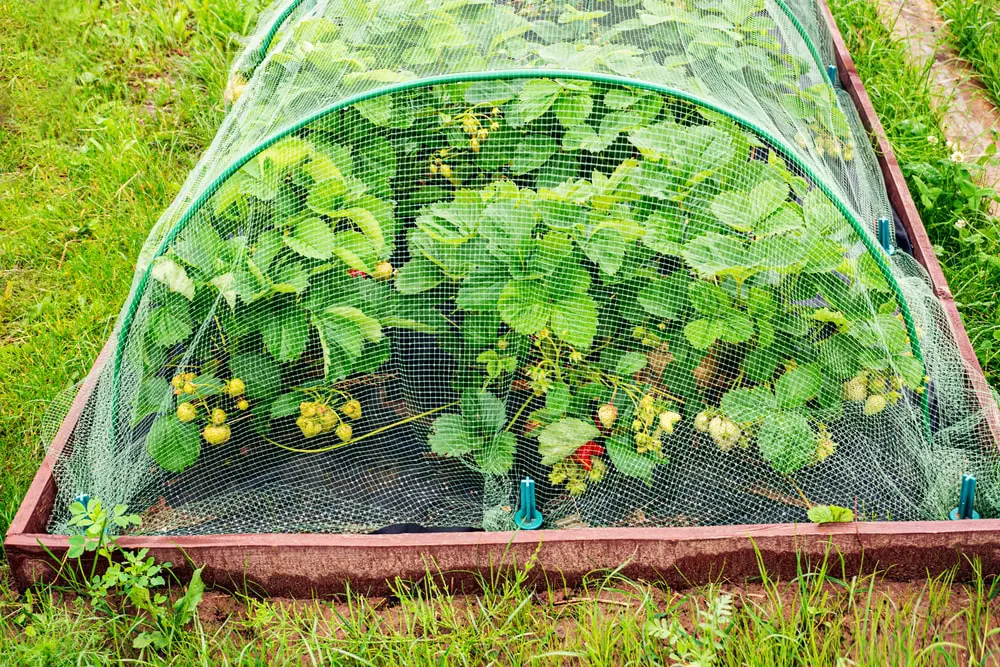
Lightweight row covers and tunnels protect vegetables while allowing sunlight, water, and air to reach plants.
Benefits
- Shields crops from birds and other pests simultaneously.
- Lightweight fabric is easy to install and remove.
- Can extend growing seasons by providing a microclimate for fall or early spring vegetables.
Installation Guidelines
- Create simple hoop frames using PVC pipes or wire to support the fabric.
- Drape covers loosely over the frame to avoid crushing leaves or fruits.
- Secure edges with soil, pins, or weights to prevent birds from entering.
Row covers are particularly effective for small to medium-sized garden plots and for crops that ripen gradually.
Method 4: Companion Planting
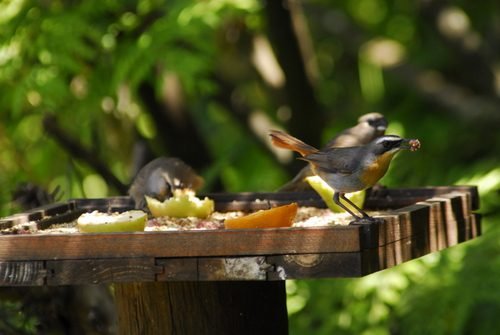
Companion planting uses strategic plant placement to distract or deter birds naturally.
How Companion Planting Works
- Sacrificial crops: Plant bird-favored vegetables or grains on the garden perimeter to lure birds away from high-value crops.
- Fragrant or spiny plants: Herbs such as rosemary, sage, or lavender can discourage birds from feeding nearby.
- Diverse plantings: Mixing tall and short plants creates a complex environment that reduces easy access to crops.
Examples of Bird-Resistant Companions
- Onions, garlic, and hot peppers as natural deterrents.
- Taller plants or shrubs acting as barriers or obstacles.
- Early-planted sacrificial grains to satisfy foraging birds early in the season.
Companion planting is a low-maintenance, environmentally friendly method to minimize bird damage.
Method 5: Feeding Stations and Distraction Techniques
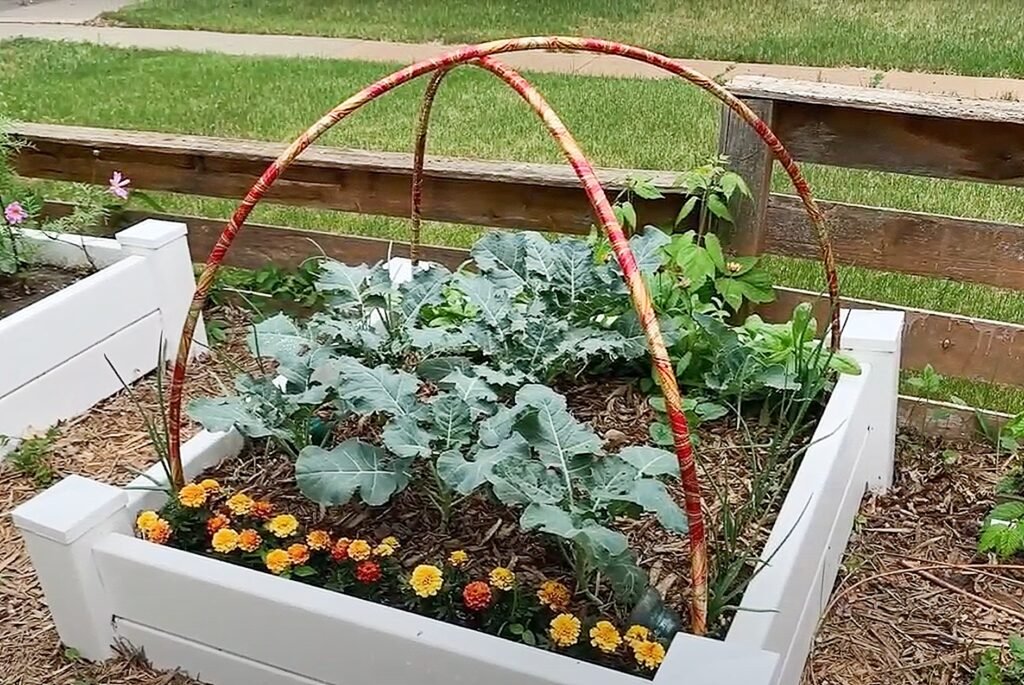
Providing alternative food sources away from vegetable crops can help redirect birds’ attention.
How to Implement Feeding Stations
- Place bird feeders stocked with seeds or grains away from your garden.
- Ensure feeders are regularly refilled to maintain interest.
- Include water sources, such as bird baths, to make the alternative area more attractive.
Benefits
- Reduces the pressure on vegetable crops by satisfying birds’ nutritional needs elsewhere.
- Encourages birds to congregate in safe, controlled areas rather than feeding on your plants.
- Supports bird populations while protecting garden yields.
This approach works best in combination with physical barriers or scare devices.
Method 6: Garden Design and Maintenance
Thoughtful garden design and maintenance practices can minimize bird access and reduce attractiveness.
Key Strategies
- Elevate beds: Raised beds make crops less accessible to ground-feeding birds.
- Dense plantings: Plant vegetables closely to make foraging more difficult.
- Harvest promptly: Pick ripe vegetables quickly to limit exposure time.
- Regular monitoring: Inspect plants daily to spot early signs of bird damage and intervene promptly.
Maintaining a tidy, well-organized garden helps prevent easy access and reduces the likelihood of birds causing extensive damage.
Common Mistakes to Avoid
- Ignoring small birds: Even sparrows and finches can damage seedlings or fruits.
- Leaving gaps in netting: Birds can exploit the smallest openings to reach crops.
- Using scare devices alone: Birds may habituate if no physical barrier is present.
- Neglecting alternative food sources: Hungry birds will seek out your crops if no alternatives are available.
- Planting all crops in one area: Large, open expanses attract more birds than dispersed, diverse plantings.
Avoiding these mistakes ensures that your bird protection strategies are effective and sustainable.
Benefits of Effective Bird Protection
Protecting vegetables from birds provides multiple advantages:
- Higher yields: More vegetables reach full maturity without damage.
- Better quality produce: Fruits and vegetables remain intact and aesthetically appealing.
- Reduced stress: Gardeners spend less time repairing damage or replanting crops.
- Supports garden biodiversity: Healthy plants attract beneficial insects and pollinators.
- Cost savings: Reduces the need for repeated planting or loss of high-value crops.
By integrating multiple protection methods, gardeners can enjoy both a productive harvest and a thriving outdoor ecosystem.
Conclusion
Birds are an integral part of our ecosystems, but in vegetable gardens, they can become persistent pests. Protecting crops requires a multi-layered approach that combines physical barriers, deterrents, companion planting, feeding stations, and strategic garden design.
The six methods outlined—netting, scare devices, row covers, companion planting, feeding stations, and thoughtful garden design—offer practical and effective ways to minimize bird damage while maintaining a healthy and productive garden.
By anticipating bird behavior, preparing defenses in advance, and regularly monitoring crops, gardeners can enjoy abundant vegetables without compromising on quality. Protecting your garden from birds ensures that your hard work yields rewarding results, season after season.
